In cold periods, the Chinese build their roofs differently
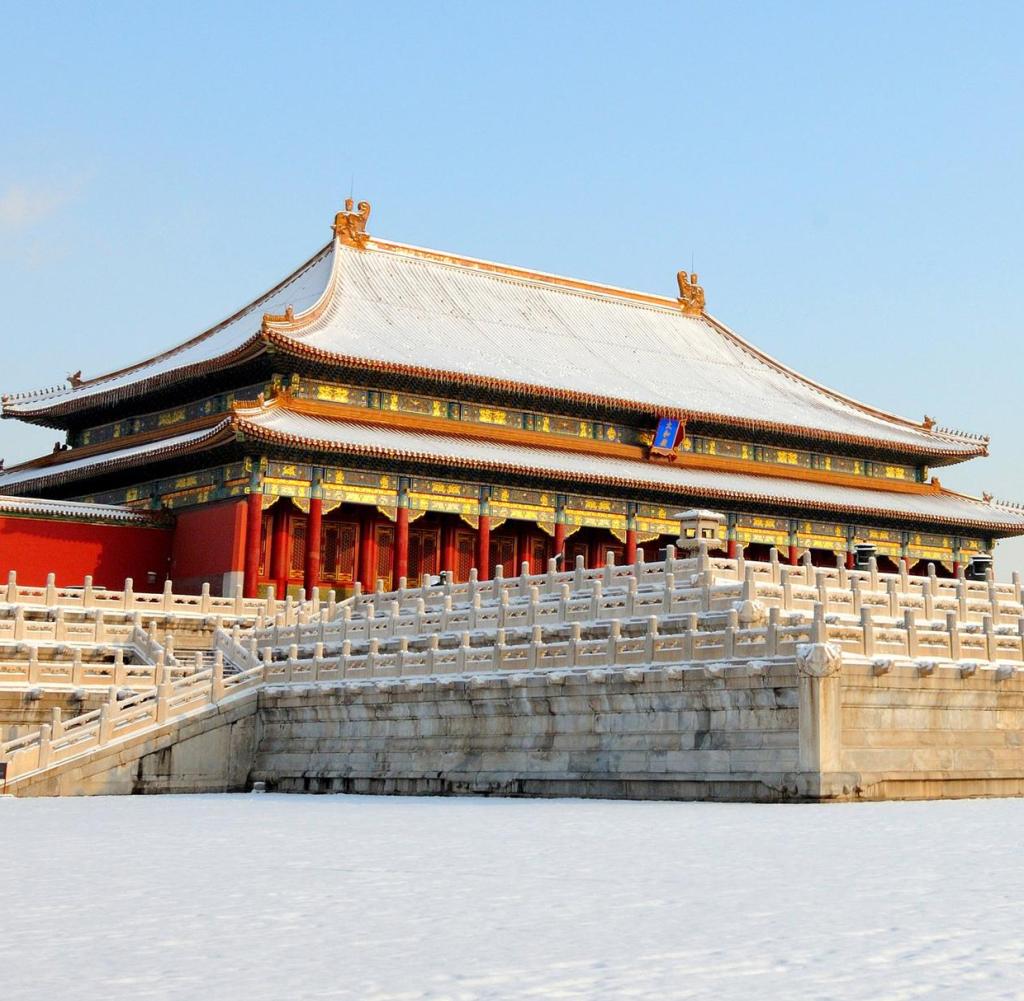
Warmer and Flatter Surfaces: Snow in Beijing’s Forbidden City
Quill: Jin Wang, Palace Museum
Researchers have analyzed climate changes in China over a period of 1,000 years and shown the consequences of the evolution of cold in architecture. Snow falls faster than on steep surfaces. The builders took this into account.
NSIt is assumed that sharp fluctuations over the past thousand years have affected the slope of the curved roofs of traditional buildings in China. This is the result of a study conducted by Chinese scientists In “Science Advances”. In cold times, people built steep roofs on which snow could slide better.
According to the researchers, their research shows how human cultures over the centuries have learned to adapt to the effects of climate change on their daily lives.
As one of the world’s oldest civilizations, Chinese civilization has experienced many climatic changes that have affected agriculture, population, and economy and even contributed to wars, rebellions, and the rise and fall of dynasties, as explained by scholars working with Siyang Li from Nanjing for a university study in China.
However, it was not yet clear whether these changes also affected architecture, although this connection is clear, especially with regard to the design of roofs: these protect people from rain, snowfall or sunlight and at the same time represent the most Climate sensitive, most vulnerable and most exposed to buildings.
The research team has now investigated how the changing climate has affected the design of traditional curved roofs over the past millennium. To do this, scientists reconstructed the rooftop playgrounds of the architectural remains in the northern part of central and eastern China, an area important to traditional Chinese culture and subject to frequent climatic fluctuations. The team also analyzed high-resolution ancient climate data from the past 1,000 years.
The following analysis showed that cold temperatures caused the roof to steepen with a delay of about 30 years. As the authors wrote, previous studies have shown a similar delay in the human response to climate change.
Specifically, the scientists observed that the surfaces became steeper in cold periods, in the years between 1100 and 1200 and between 1300 and 1750 AD, which corresponds to the Little Ice Age. In contrast, the slope of the roof decreased significantly in the warm periods, for example between 1200 and 1300 AD, which roughly corresponds to the warm medieval period in Europe.
The results indicated that changes in extreme snowfall events were the main factor behind changes in surfaces in the region over a period of one thousand years. If heavy precipitation was the main factor, the roofs would have been steeper in warm times, as the areas examined in particular are characterized by rain, the authors continue.
Scholars cite the Longmen Temple in Pingshun in Shanxi Province as a particularly vivid example of the relationship described. Four of its five major buildings were built or reconstructed in different warm and cold periods between 925 and 1504 AD. According to historical building standards at the time, these four buildings should have a nearly identical ceiling of 27 percent.
However, the two buildings constructed in the cold period had steeper roofs of 29.67 percent (1098 m) and 30.50 percent (1498-1504 m), while the building constructed in the warm period had 26, 92 percent ( 1271-1294 CE) was shallow,” scholars note.
To date, roof changes through various eras have generally been traced back to aesthetic practices and improvements in building technology. The study now indicates, however, that variability in snowfall intensity associated with climate changes is a major factor.
With a 30-year delay, roofs are steeper in cold periods
Quill: Jin Wang, Palace Museum
“Adaptations of roofs to climatic fluctuations indicate a long-term intelligent adaptation behavior of the ancient Chinese. They adapted their buildings to a more stable and more suitable roof shape when they encountered various extreme weather events caused by climate change,” the authors write.
Your analysis also gives indications for the future, where an increase in extreme weather events such as heavy snowfall, droughts and floods is likely to lead to serious problems. “In order to reduce losses from extreme weather events, planners must take into account the local climate and natural disasters according to climate forecasts.”

“Total coffee aficionado. Travel buff. Music ninja. Bacon nerd. Beeraholic.”






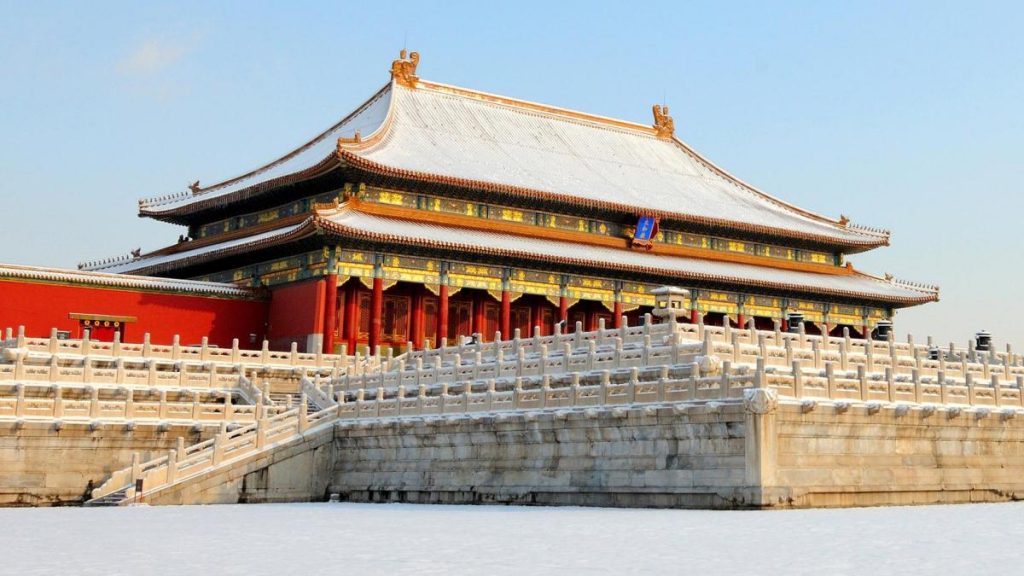
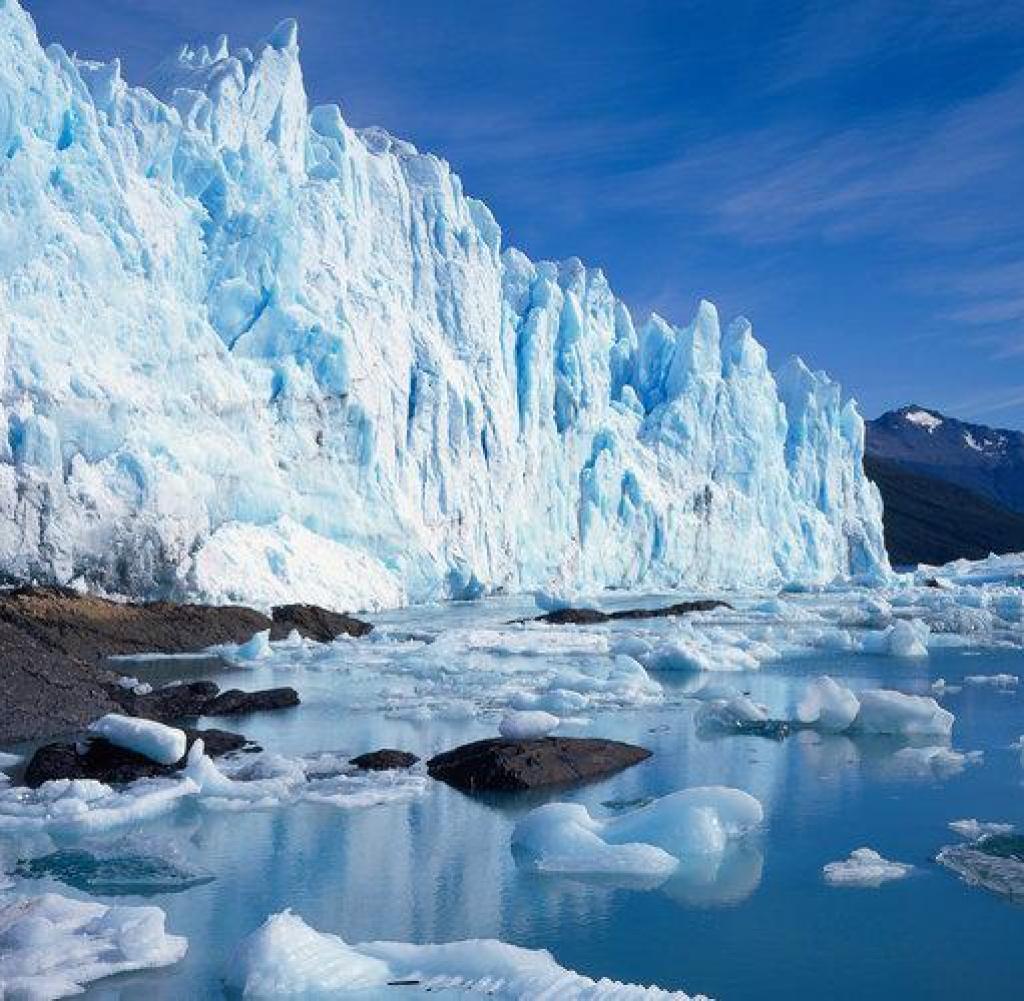
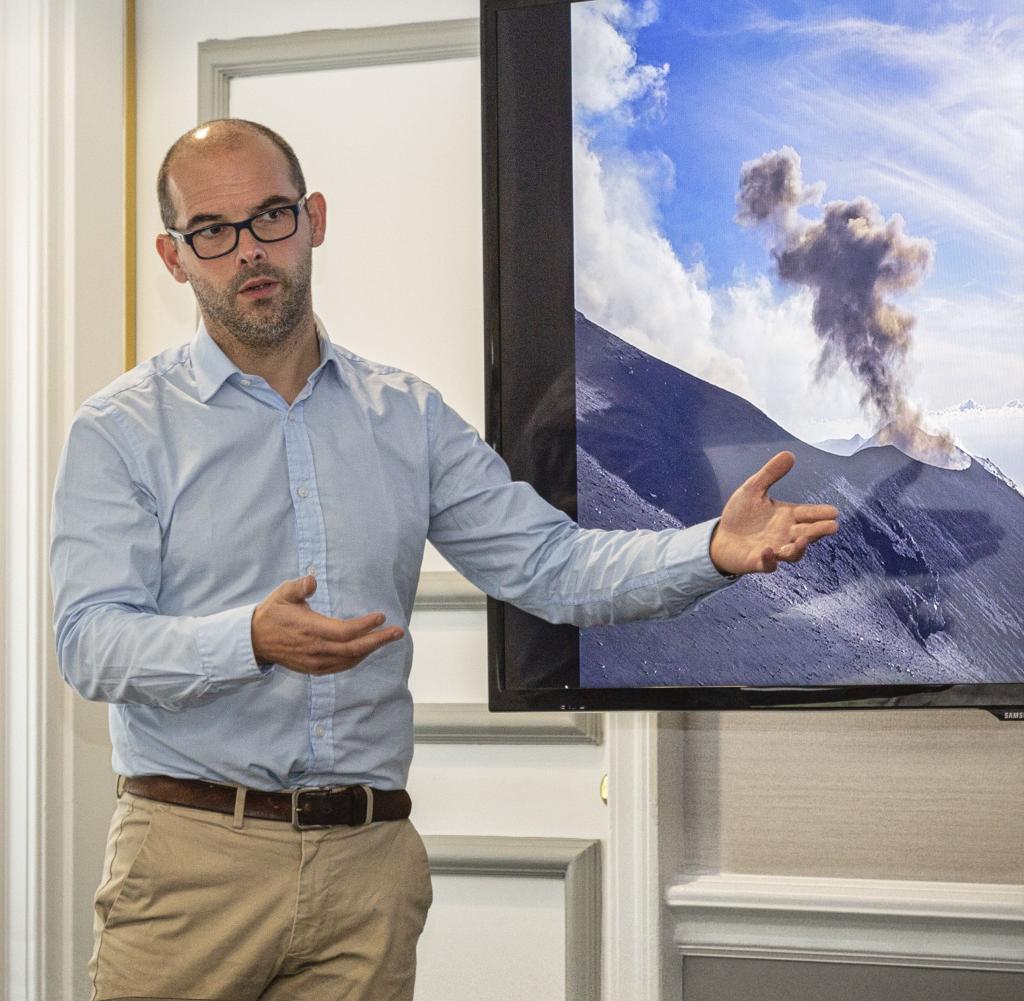
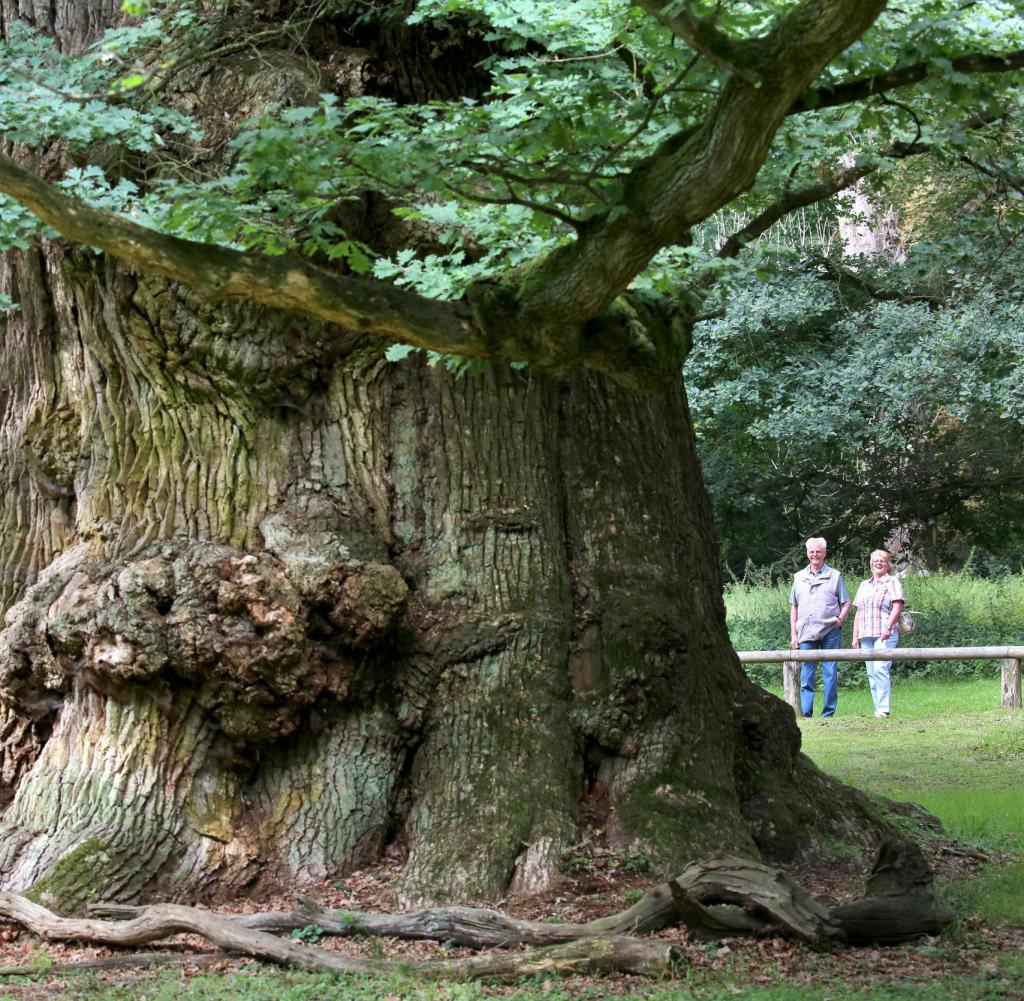
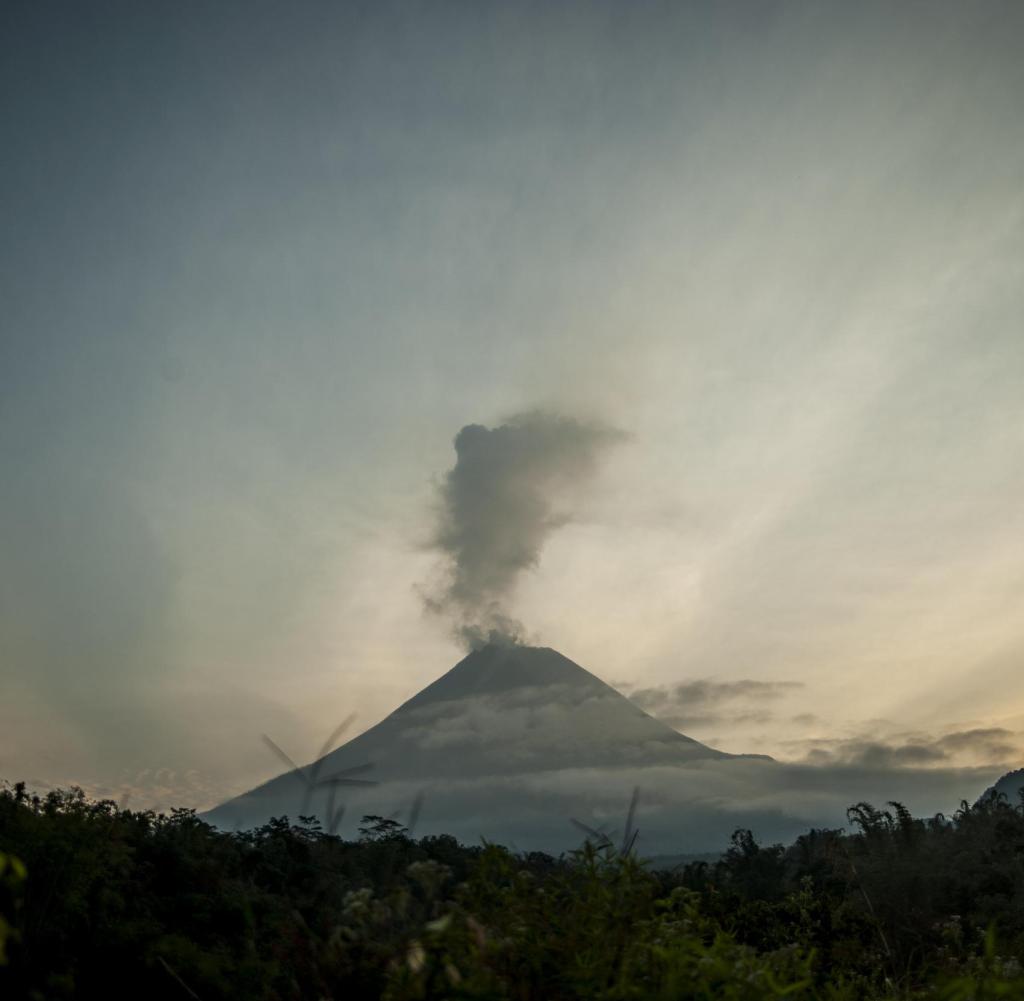
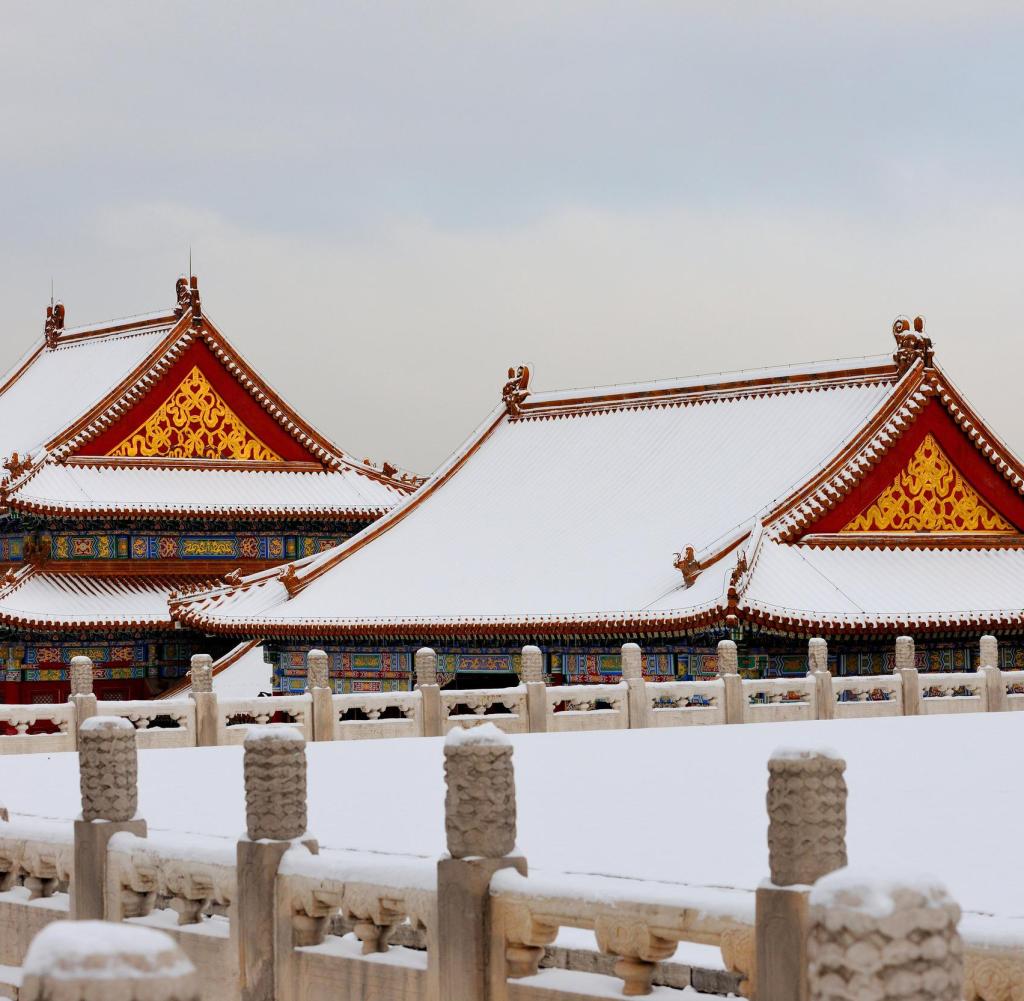
More Stories
Researchers detect extremely high-energy gamma rays
Anxiety disorders in old age increase the risk of dementia
Researchers are particularly fascinated by these exoplanets.